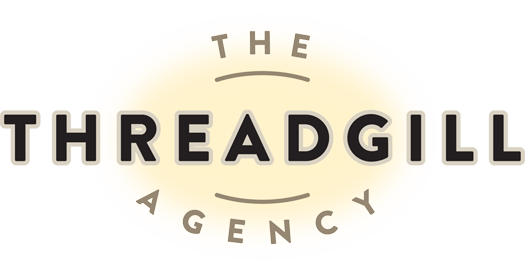
15 May The Google 3-Pack: Why Your Business Needs to Be There
Local search drives traffic to businesses who have a retail storefront, customer service or office location. Even if you are not sure how the Google algorithms and geo-fencing filters work to recommend businesses online, we promise that you have used this feature on your own smartphone.
For instance, if you are driving through downtown Dallas and you are thinking about grabbing a bite to eat, you may search ‘restaurants in Dallas’ on your phone. What displays immediately, is Google’s top three (and sometimes four) restaurants that are closest to your current location. But it is not just proximity that is used to promote these restaurants; it’s a complex set of SEO factors that push these businesses and service providers, to the top of Google’s list of recommendations.
In this article, we’ll talk about the sales advantages and customer growth that businesses can realize by prioritizing Google 3-Pack results. We will also discuss the types of industries that gain the most benefit by achieving the 3-Pack listing, and what it takes to keep your business in that coveted spot, at the top of Google Search.
Factors That Determine Google 3-Pack Ranking
A position in the Google 3-Pack means that smartphone users and customers, will be recommended to your business when they are in the geographic area closest to you. As you can imagine, virtually every business is vying to get in that top search spot. Why? Because it drives a tremendous amount of foot traffic right to your door.
Setting up a search ecosystem that supports page-one ranking, is complex and has a number of components that have to be optimized, to attain that rank (and keep it). Here are some organic digital marketing rules to help you achieve it.
- Contact Information and Business Hours
One common mistake we see with independently owned business, is a variance in the contact information and business hours, on multiple digital properties. Your business address and hours of operation must be consistent on all channels, including social media accounts, your website, and your Google My Business Directory. This helps Google to accurately geotarget customers who are in your vicinity and recommend your business on mobile search.
- Keyword Optimization
Keyword stuffing (remember the days of scattering keywords without sentence structure to game search?) is a no-no. It doesn’t work, and it can suppress your search engine listing. But keyword optimization in natural text, is an important tip to help optimize local search.
When writing your profile information and brand description, think about how your customers would actually search for your product or services on a mobile phone. Include natural phrases in context, that match those search strings; it will help your customers find you faster and help Google refer that local traffic to your business.
- Google My Business Content Articles
Did you know that you can add short articles to your Google My Business profile, to help customers learn more about the culture of your organization, and the services you provide? Google Posts went live in 2017, and they are still an underused promotional marketing tool, but important for search results.
The first thing brands need to know about using Google Posts, is that the articles expire naturally after seven days. Create a folder of unique short posts (and a picture for each) and recycle up to ten articles on rotation. Ideally, you should be creating new posts that are keyword tooled for search but rotating this content weekly can help convert mobile views into foot traffic for your business.
If you plan on using photography with customers shown in the images, ensure that you have a signed release from those customers and permission to use the photograph for marketing purposes. Retail stores, restaurants and bars that benefit from showing a crowded venue should post a notice on receipts and in the store, that patrons may be featured in social media and web marketing posts.
- Business Photography
Never use stock art to complete your Google My Business listing. Customers want to see what your facility, products and services are really like. Since smartphones have high-resolution cameras, spend some time getting ambient shots of your business exterior, interior, and customers using your services if possible. Consumers like to frequent businesses who
Google also indexes the file names of the photography you upload to your Google My Business listing. So be sure to rename your image files with a few important keywords, such as your business name, location and something short and descriptive about the nature of your product or service.
Example image name: Threadgill Agency, marketing, web development, Dallas Texas.
- Customer Reviews
The more reviews you receive from customers on your Google My Business listing, the better your business will perform in search ranking. This is a challenge for many businesses, as they must compel the customer to leave a favorable review; it takes time that many customers are unwilling to spend, unless they are very satisfied (or disgruntled) about a product or service.
Intuitive brands include an ‘ask’ for review as part of their email marketing and customer service journey. There are many opportunities to make that ask with a satisfied customer. You can include a message on your receipt and offer an incentive (such as a coupon) for a favorable review. Email marketing campaigns should also have a prompt and a link to your Google My Business listing, to encourage customer reviews.
Many businesses simply claim their official name, and create their Google My Business account, without taking the time to optimize their business listing. Owners and marketers need to make sure that the profile is completely accurate and filled with rich content like product or facility photos. Also ensure that you are checking the Google My Business listing for any changes that can occur, as customers are invited to augment the directory information constantly, by the search engine.
If you aren’t sure where to start, to tap into the traffic your business needs to grow, contact our team at The Threadgill Agency. We have in-house web development, Certified Google AdWords professions and content experts that can help you improve your search ranking.
